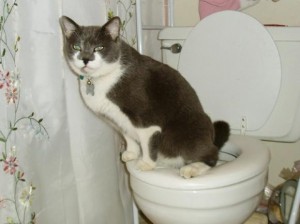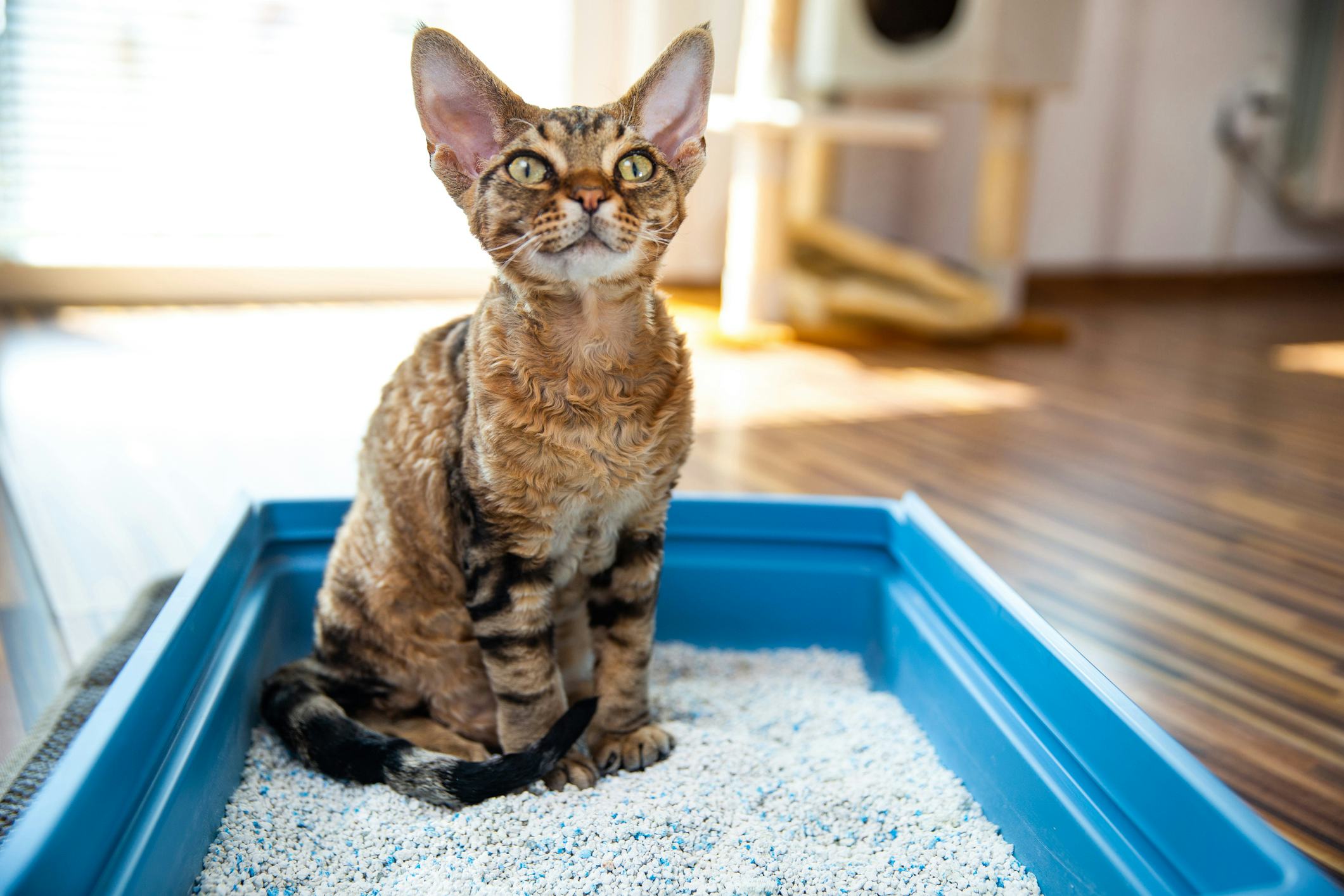Why Flushing Cat Poop Down Your Toilet Is Harmful - Tips for Correct Disposal
Why Flushing Cat Poop Down Your Toilet Is Harmful - Tips for Correct Disposal
Blog Article
Do you find yourself hunting for facts Can You Flush Cat Poop Down The Toilet??

Introduction
As cat proprietors, it's important to bear in mind just how we deal with our feline good friends' waste. While it may seem hassle-free to flush cat poop down the bathroom, this technique can have detrimental effects for both the environment and human health and wellness.
Alternatives to Flushing
Luckily, there are more secure and a lot more responsible means to dispose of feline poop. Think about the following options:
1. Scoop and Dispose in Trash
The most typical technique of getting rid of feline poop is to scoop it right into a biodegradable bag and throw it in the trash. Make sure to make use of a committed clutter scoop and get rid of the waste quickly.
2. Use Biodegradable Litter
Choose naturally degradable feline litter made from materials such as corn or wheat. These litters are environmentally friendly and can be securely disposed of in the garbage.
3. Hide in the Yard
If you have a yard, consider hiding feline waste in an assigned area away from vegetable gardens and water sources. Make sure to dig deep adequate to avoid contamination of groundwater.
4. Set Up a Pet Waste Disposal System
Buy an animal garbage disposal system specifically developed for cat waste. These systems make use of enzymes to break down the waste, minimizing odor and ecological influence.
Health and wellness Risks
In addition to ecological problems, flushing pet cat waste can likewise present health and wellness dangers to human beings. Cat feces might contain Toxoplasma gondii, a bloodsucker that can cause toxoplasmosis-- a potentially extreme illness, particularly for expecting women and individuals with weakened immune systems.
Environmental Impact
Purging feline poop introduces damaging virus and bloodsuckers right into the water, posing a considerable risk to aquatic environments. These contaminants can adversely impact aquatic life and compromise water top quality.
Final thought
Liable pet ownership prolongs past providing food and shelter-- it likewise includes appropriate waste administration. By refraining from flushing feline poop down the bathroom and choosing alternate disposal techniques, we can reduce our environmental impact and shield human wellness.
Why Can’t I Flush Cat Poop?
It Spreads a Parasite
Cats are frequently infected with a parasite called toxoplasma gondii. The parasite causes an infection called toxoplasmosis. It is usually harmless to cats. The parasite only uses cat poop as a host for its eggs. Otherwise, the cat’s immune system usually keeps the infection at low enough levels to maintain its own health. But it does not stop the develop of eggs. These eggs are tiny and surprisingly tough. They may survive for a year before they begin to grow. But that’s the problem.
Our wastewater system is not designed to deal with toxoplasmosis eggs. Instead, most eggs will flush from your toilet into sewers and wastewater management plants. After the sewage is treated for many other harmful things in it, it is typically released into local rivers, lakes, or oceans. Here, the toxoplasmosis eggs can find new hosts, including starfish, crabs, otters, and many other wildlife. For many, this is a significant risk to their health. Toxoplasmosis can also end up infecting water sources that are important for agriculture, which means our deer, pigs, and sheep can get infected too.
Is There Risk to Humans?
There can be a risk to human life from flushing cat poop down the toilet. If you do so, the parasites from your cat’s poop can end up in shellfish, game animals, or livestock. If this meat is then served raw or undercooked, the people who eat it can get sick.
In fact, according to the CDC, 40 million people in the United States are infected with toxoplasma gondii. They get it from exposure to infected seafood, or from some kind of cat poop contamination, like drinking from a stream that is contaminated or touching anything that has come into contact with cat poop. That includes just cleaning a cat litter box.
Most people who get infected with these parasites will not develop any symptoms. However, for pregnant women or for those with compromised immune systems, the parasite can cause severe health problems.
How to Handle Cat Poop
The best way to handle cat poop is actually to clean the box more often. The eggs that the parasite sheds will not become active until one to five days after the cat poops. That means that if you clean daily, you’re much less likely to come into direct contact with infectious eggs.
That said, always dispose of cat poop in the garbage and not down the toilet. Wash your hands before and after you clean the litter box, and bring the bag of poop right outside to your garbage bins.
https://trenchlesssolutionsusa.com/why-cant-i-flush-cat-poop/

Do you really like reading about How to Dispose of Cat Poop and Litter Without Plastic Bags? Post a remark below. We would be delighted to see your responses about this write up. Hoping to see you back again before long. Feel free to take the time to promote this blog entry if you liked it. Many thanks for your time. Come back soon.
Source This Article Report this page